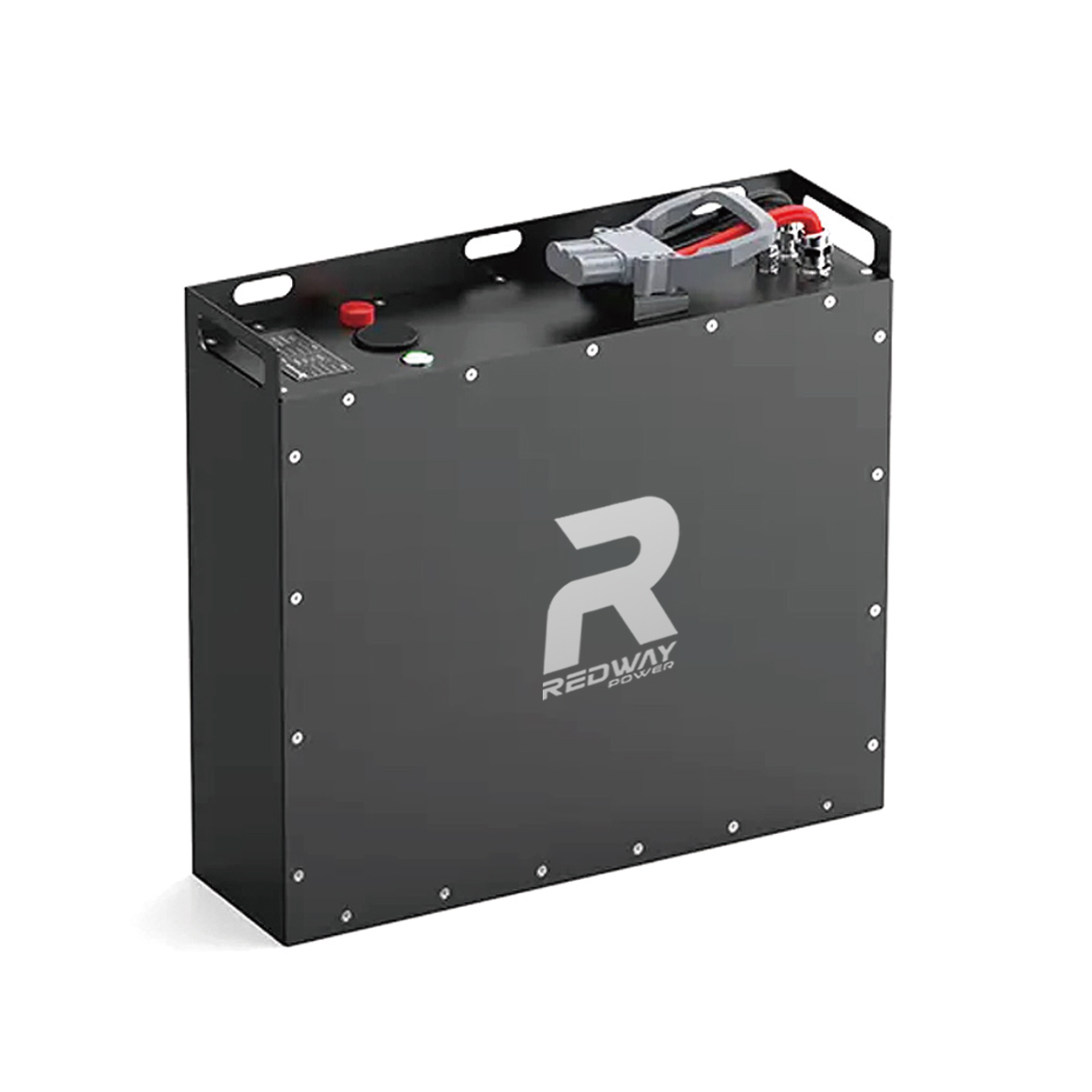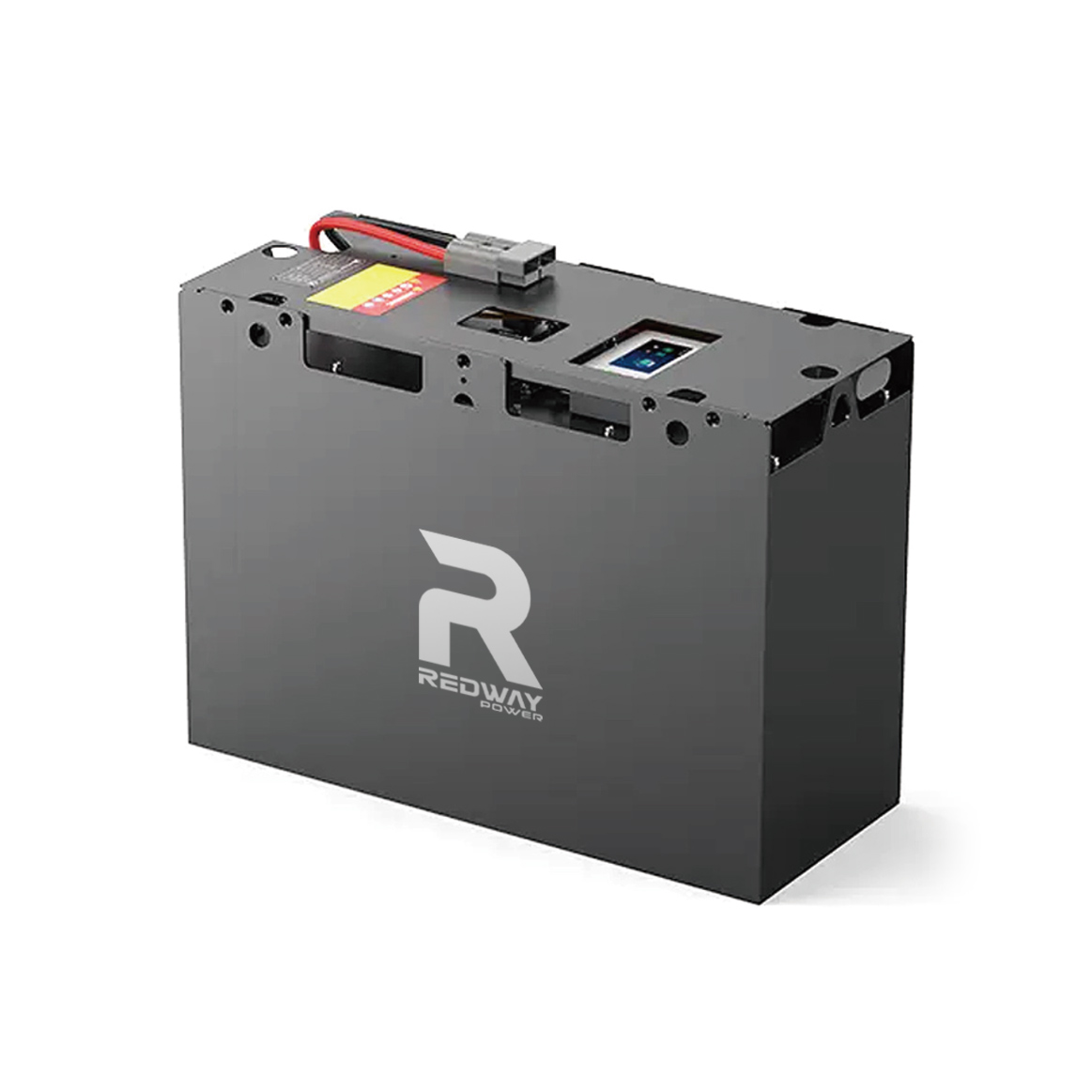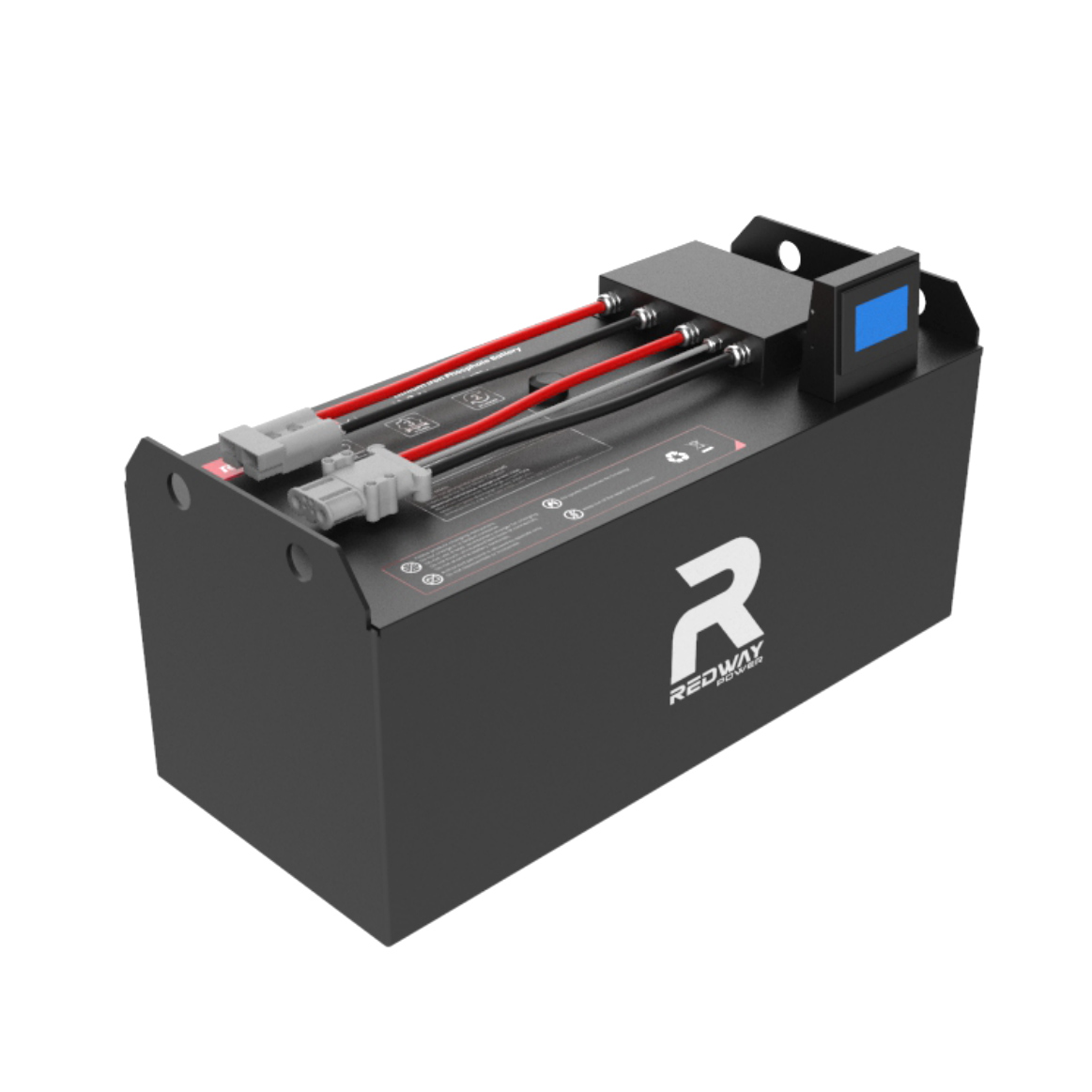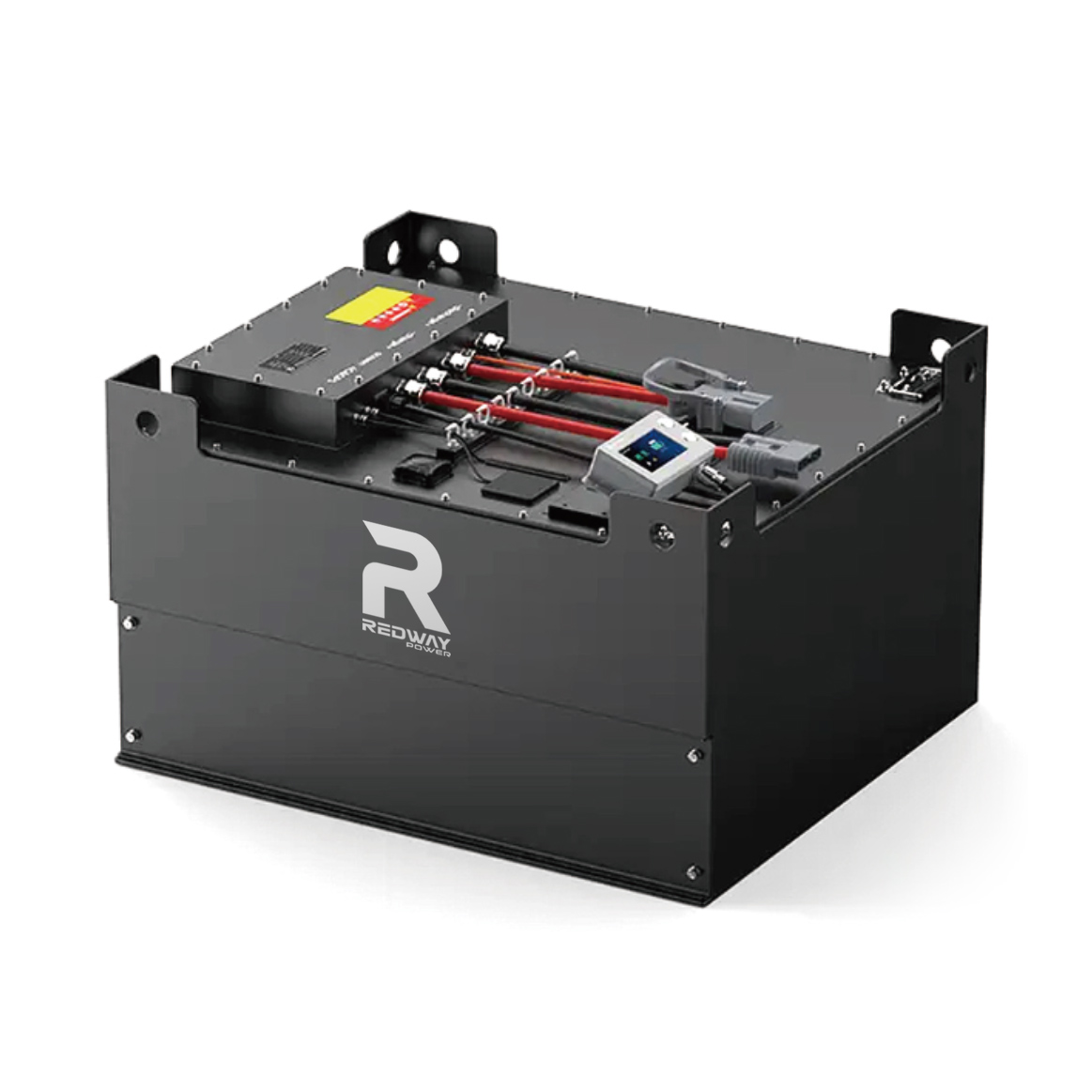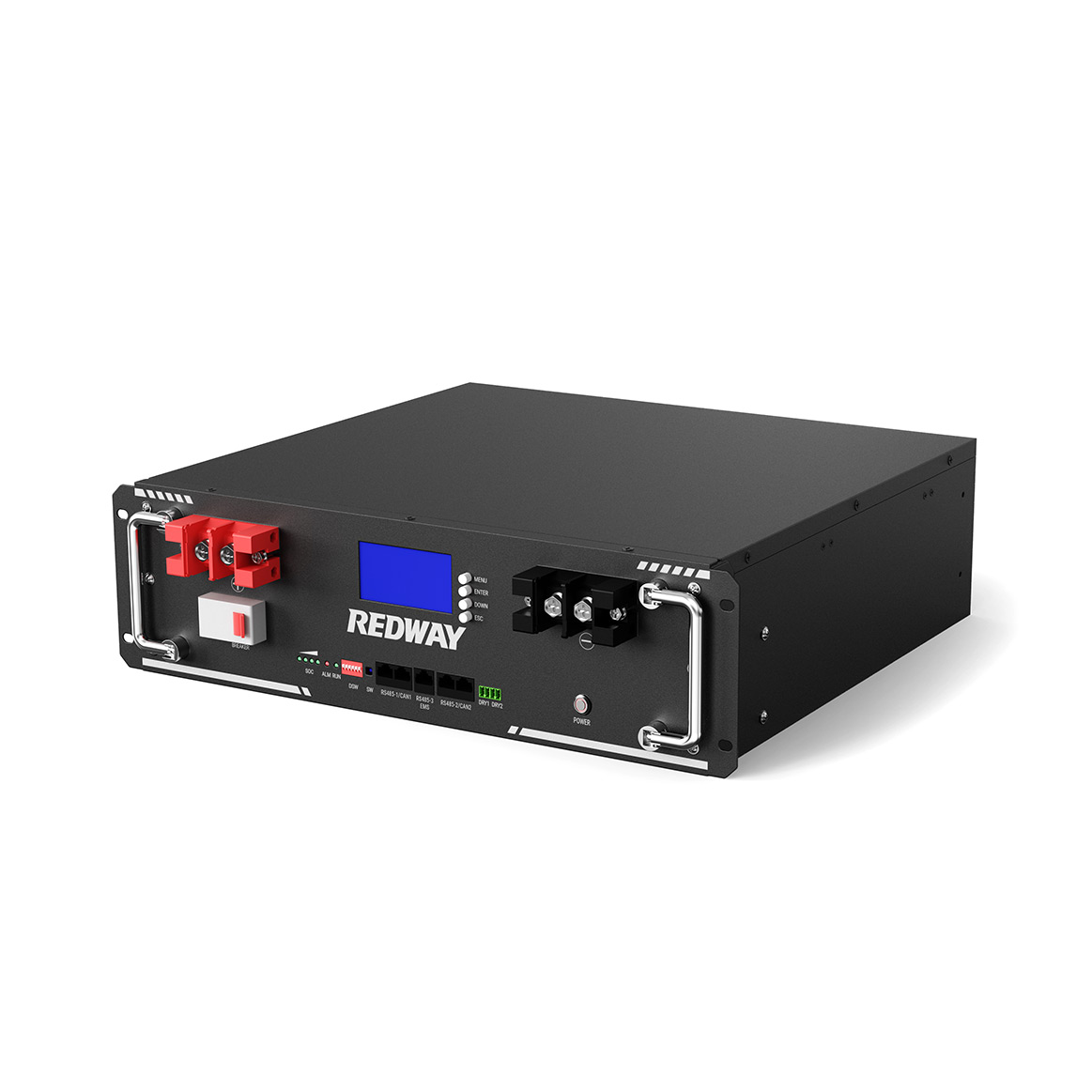Deep Cycle LiFePO4 Batteries Manufacturer
Looking for a business partner from whom you can buy deep cycle lithium batteries at wholesale price? We got you covered. Learn more about how we can work together.
Redway Lithium ion Battery Factory has been diligently striving to unlock the mysteries of transforming deep cycle LiFePO4 Batteries into a profitable venture. Discover the inner workings of LiFePO4 Batteries, explore their advantages, various categories, extensive product line, exceptional craftsmanship, and a plethora of other fascinating details by simply clicking the button below!
We are a Lithium Battery OEM Factory
Redway is dedicated to the domains of 12V, 24V, 36V, 48V, 60V, 72V, 80V, 96V, 100V Deep Cycle Lithium Iron Phosphate Batteries, RV lithium battery, Marine battery, Rack-mounted lithium battery, Golf cart lithium battery and Forklift lithium batteries. Their ultimate goal is to fulfill the diverse energy needs of customers by providing comprehensive energy service solutions. These solutions encompass a range of offerings, including lithium-ion battery energy storage products, smart hardware solutions, energy investment, and operational services, among others.
Don’t you find what you are looking for?
Just tell us your detailed requirements. The best offer will be provided.
Blog
What Are EZGO Golf Buggy Batteries in South Korea?
December 2, 2025
No Comments
EZGO golf buggy batteries in South Korea are high-performance lithium or lead-acid batteries engineered to power EZGO golf carts efficiently. They provide long-lasting energy, enhanced
Which Cycle Golf Cart is Best for South Africa?
December 2, 2025
No Comments
Choosing the ideal cycle golf cart in South Africa requires balancing battery performance, durability, and local service availability. Redway Battery’s LiFePO4 solutions provide long-lasting, safe,
Best 8V Battery Suppliers in Saudi Arabia?
December 2, 2025
No Comments
Redway Battery delivers premium 8V LiFePO4 batteries tailored for Saudi Arabia’s industrial and recreational needs. Ideal for forklifts, golf carts, and solar systems, these batteries


